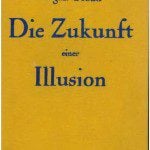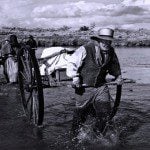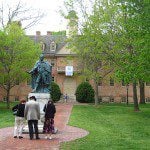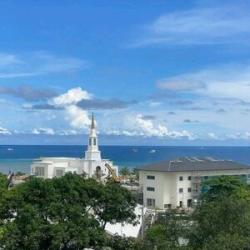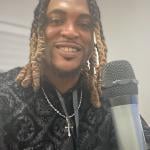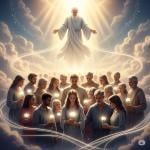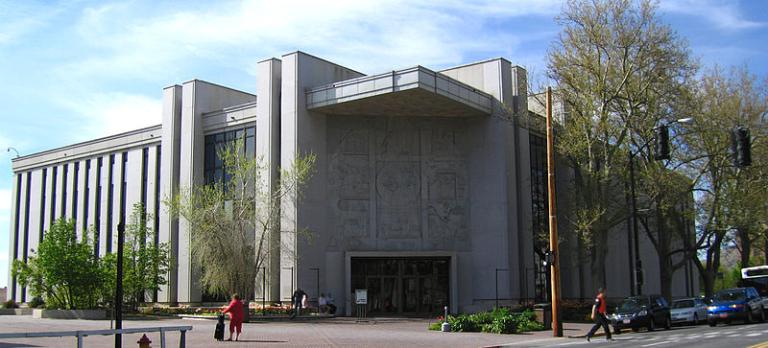
I spent the morning in the boardroom of the Church History Museum in Salt Lake City, interviewing W. Paul Reeve for our Becoming Brigham series of short documentary features. Paul just stepped down as the chair of the Department of History at the University of Utah, where he holds the Simmons Chair of Mormon Studies. He is the author of, among other things, Let’s Talk About Race and Priesthood (Deseret Book, 2023), and, with Christopher B. Rich Jr. and LaJean Purcell Carruth, Our conversation focused on Brigham Young, the Church of Jesus Christ of Latter-day Saints, and questions of race (mostly Native American and Black races) and servitude and slavery.
There was so much good material shared during the conversation that I seriously wonder how our filmmakers will be able to edit the recording down to useable length. I hate the thought of leaving anything on the cutting room floor but, obviously, we can’t use everything. Perhaps there will be a way of conserving the interviews in their entirety, whether in video form or in transcript form (preferably both).
In the afternoon, I was present (as executive producer) for an interview in the same space with John A. Peterson, who has focused his research on Latter-day Saint and Native American history. The interviewer was John Donovan Wilson, who played Brigham Young in the Interpreter Foundation’s 2024 theatrical film, Six Days in August. As you can easily imagine, this second conversation concentrated on Brigham Young (or the Latter-day Saints) and the indigenous peoples of the Great Basin region. A special focus was the Black Hawk War (1865-1872), which, curiously, broke out on the very same day on which General Robert E. Lee surrendered the Army of Northern Virginia to General Ulysses S. Grant at Appomattox Courthouse, thus effectively ending the American Civil War. The Black Hawk War is, shall we say, not the most lustrous page in Utah history. Dr. Peterson — no relation to me, by the way — had some absolutely appalling stories to tell.

In the evening, I interviewed Forrest S. Cuch, the former education director for the Ute Indian Tribe and the former administrator of the Wampanoag Tribe in Massachusetts. For many years thereafter, he served as director of the Utah Division of Indian Affairs. We did the interview on the top floor of the Natural History Museum of Utah, among the exhibits related to the Native American inhabitants of Utah prior to 1847. Mr. Cuch, who is a member of the Uinta band of the Ute Tribe, provided a rather dispiriting view of relations between Latter-day Saints and the Utes, historically and today. Certainly a sobering one.
It was a very long day, but we gathered some superb material. This history is little known among Latter-day Saints.
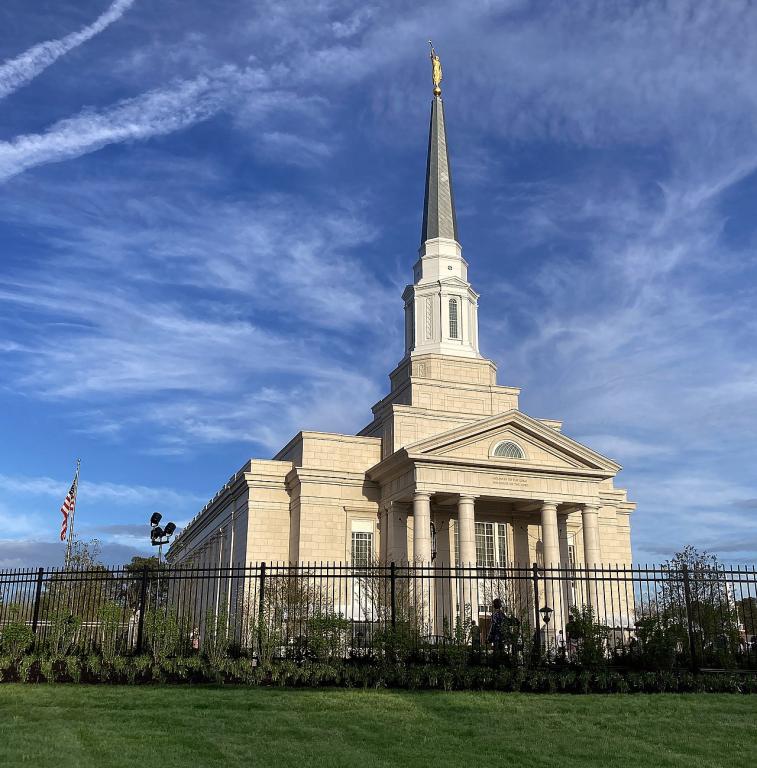
(Wikimedia Commons public domain image)
Meanwhile, in other developments: This new recording has gone up on the website of the Interpreter Foundation: “The Interpreter Foundation Podcast — July 23, 2025: The Restored Gospel, Freedom, and Government”
For the 23 July 2025 episode of the Interpreter Foundation Podcast, Martin Tanner, Hales Swift, and Brent Schmidt discussed . . . well, they discussed the Restored Gospel, Freedom, and Government. You can listen to their conversation via the link given above.
As I’ve already noted, it appears that (the excitement of certain anonymous conspiracy theorists notwithstanding) Martin Tanner has actually not been unceremoniously cast out — nor even cast out at all — by either yours truly or the Interpreter Foundation.
And here’s another item: Interpreter Foundation Come, Follow Me Podcast: August 4 – 10: “Stand Ye in Holy Places”: Doctrine & Covenants 85-87:
For the 20 July 2025 Come, Follow Me segment of the Interpreter Foundation Podcast, Terry Hutchinson, Mark Johnson, and Kevin Christensen discussed the Come, Follow Me Doctrine & Covenants lesson for August 4 – 10 covering D&C 85-87. The Discussion segment of the 20 July 2025 podcast can be accessed at https://interpreterfoundation.org/interpreter-podcast-july-20-2025.
In the meanwhile, the 2025 FAIR Conference is rapidly approaching. Don’t miss it. Don’t you dare miss it. Your absence will be noticed, and a record will be kept, in heaven if nowhere els
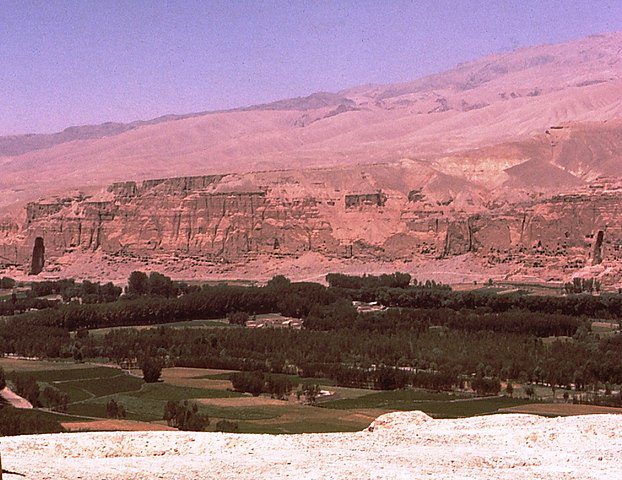
I find this next item curiously flattering: “From ‘Sapiens’ to ‘The Book of Mormon’: The banned books the Taliban deems ‘deviant’ and ‘un-Islamic’: Hundreds of titles removed from shelves for being ‘against national interests’, reports Mukhtar Wafayee”
I do, though, have a pet peeve that I want to register here: Ṭālib (طَالِب) is an Arabic word that means “student” or “seeker.” Taliban (طالبان; tâlebân) is the Pashto (and Persian) plural of that Arabic loan word. It’s not a singular. So the subtitle above should have been written as “the Taliban deem” rather than as “the Taliban deems.” I commonly encounter the word Taliban treated as a singular. For me, that’s like the sound of fingernails on a chalkboard.

And, finally, something horrifying from the Christopher Hitchens Memorial “How Religion Poisons Everything” File™: “Service Highlights Central Texas Flooding Response: Latter-day Saints among countless groups serving as Christ taught”



